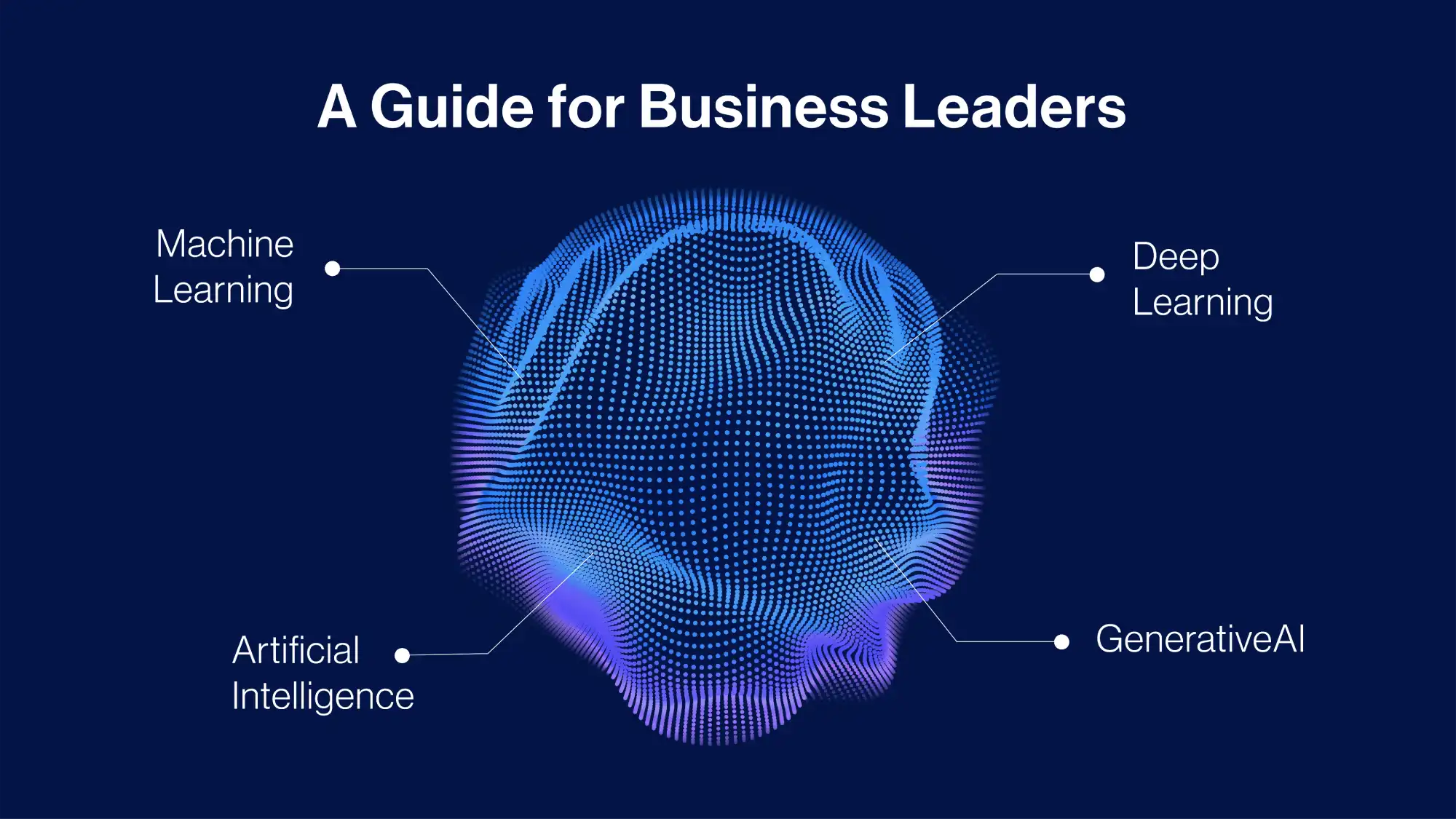Artificial Intelligence (AI) is not a monolithic entity but a broad field encompassing various technologies and approaches. Understanding the different types of AI is crucial for leaders who want to leverage this technology in their business transformation effectively. This article provides a concise overview of the key AI categories and their potential applications in the business world.
Artificial Intelligence (AI)
AI refers to the broader concept of creating intelligent systems that can simulate human cognitive functions such as learning, reasoning, problem-solving, perception, and language understanding. AI systems can be classified into two main categories:
- Narrow AI (Weak AI): This type of AI is designed to perform a specific task or set of tasks, such as image recognition, language translation, or playing chess. Narrow AI systems excel in their specialized domains but lack the general intelligence of humans.
- General AI (Strong AI): This hypothetical type of AI would possess human-level intelligence and be capable of performing any intellectual task that a human can. While general AI remains a theoretical concept, its potential implications for society and business are vast.
Machine Learning (ML)
Machine learning is a subset of AI that focuses on developing algorithms that allow computers to learn from data without being explicitly programmed. ML algorithms can identify patterns, make predictions, and improve their performance over time as they are exposed to more data. There are three main types of machine learning:
- Supervised Learning: In this approach, the algorithm is trained on labeled data, where the desired output is known. The algorithm learns to map input data to the correct output, enabling it to make predictions on new, unseen data.
- Unsupervised Learning: Here, the algorithm is trained on unlabeled data and must discover patterns or relationships within the data on its own. This type of learning is often used for clustering, anomaly detection, and dimensionality reduction.
- Reinforcement Learning: This approach involves an agent that learns to interact with an environment by taking actions and receiving feedback in the form of rewards or penalties. The agent's goal is to maximize its cumulative reward over time.
Deep Learning
Deep learning is a subfield of machine learning that utilizes artificial neural networks with multiple layers to learn complex patterns and representations from data. Deep learning has been instrumental in recent breakthroughs in AI, particularly in areas such as image and speech recognition, natural language processing, and game playing.
Large Language Models (LLMs)
Large language models are a type of deep learning model that has been trained on massive amounts of text data. LLMs can generate human-like text, translate languages, write different kinds of creative content, and answer your questions in an informative way. Some well-known examples of LLMs include ChatGPT and Google Gemini.
Generative AI
Generative AI is a branch of AI that focuses on creating new data instances that resemble existing data. This can include generating images, text, music, or even code. Generative AI has the potential to revolutionize various industries, from art and design to marketing and customer service.
Understanding AI for Business Transformation
Understanding the different types of AI is essential for business leaders who want to harness the power of AI for digital transformation. By identifying the right AI tools and techniques for their specific needs, businesses can unlock new levels of efficiency, innovation, and growth.
At Blueriver, we specialize in helping businesses navigate the complex landscape of AI and digital transformation. Our team of experts can help you identify the right AI solutions for your business and develop a roadmap for successful implementation. Contact us today to learn more about how we can help you leverage AI to achieve your business goals.
